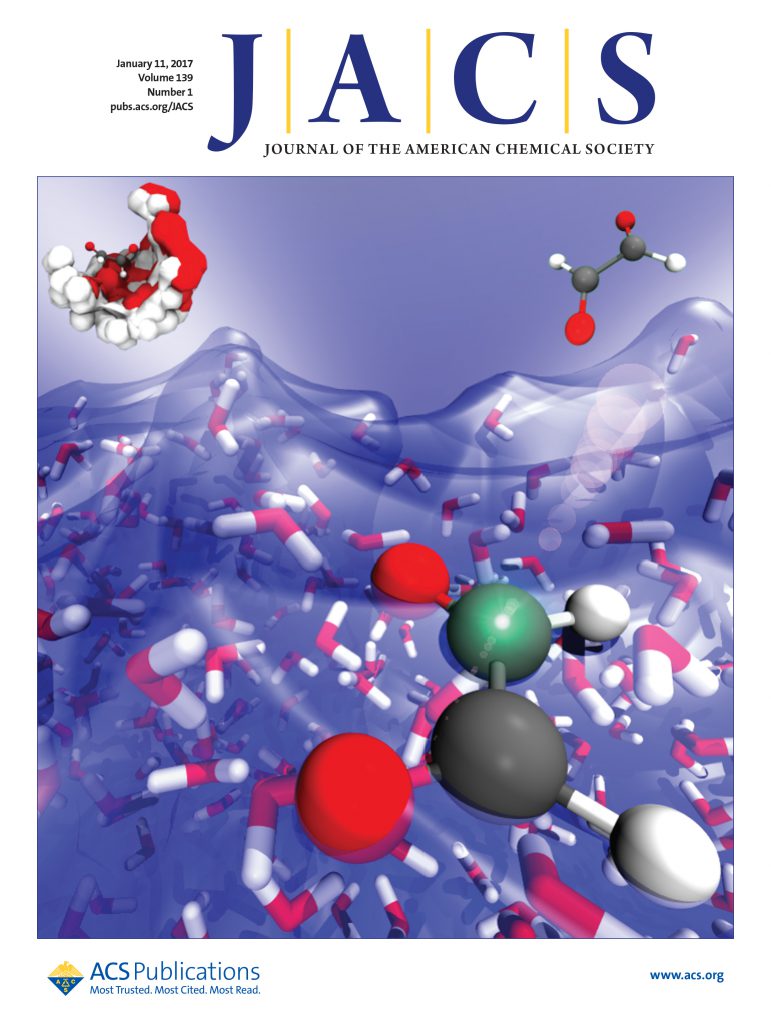Rapid Access to Small Molecule Conformational Ensembles in Organic Solvents Enabled by Graph Neural Network-Based Implicit Solvent Model
IF 14.4
1区 化学
Q1 CHEMISTRY, MULTIDISCIPLINARY
引用次数: 0
Abstract
Understanding and manipulating the conformational behavior of a molecule in different solvent environments is of great interest in the fields of drug discovery and organic synthesis. Molecular dynamics (MD) simulations with solvent molecules explicitly present are the gold standard to compute such conformational ensembles (within the accuracy of the underlying force field), complementing experimental findings and supporting their interpretation. However, conventional methods often face challenges related to computational cost (explicit solvent) or accuracy (implicit solvent). Here, we showcase how our graph neural network (GNN)-based implicit solvent (GNNIS) approach can be used to rapidly compute small molecule conformational ensembles in 39 common organic solvents reproducing explicit-solvent simulations with high accuracy. We validate this approach using nuclear magnetic resonance (NMR) measurements, thus identifying the conformers contributing most to the experimental observable. The method allows the time required to accurately predict conformational ensembles to be reduced from days to minutes while achieving results within one kBT of the experimental values.

求助全文
约1分钟内获得全文
求助全文
来源期刊
CiteScore
24.40
自引率
6.00%
发文量
2398
审稿时长
1.6 months
期刊介绍:
The flagship journal of the American Chemical Society, known as the Journal of the American Chemical Society (JACS), has been a prestigious publication since its establishment in 1879. It holds a preeminent position in the field of chemistry and related interdisciplinary sciences. JACS is committed to disseminating cutting-edge research papers, covering a wide range of topics, and encompasses approximately 19,000 pages of Articles, Communications, and Perspectives annually. With a weekly publication frequency, JACS plays a vital role in advancing the field of chemistry by providing essential research.

 求助内容:
求助内容: 应助结果提醒方式:
应助结果提醒方式:


